Bioenzyme The Nature’s Magic Cleaner
Bioenzymes are natural cleaning solutions made from fermented fruit or vegetable waste, combining the power of nature with effective cleaning capabilities. Unlike commercial chemical cleaners, bioenzymes are environmentally friendly, cost-effective, and versatile. This comprehensive guide explores everything you need to know about bioenzymes – from their composition and benefits to detailed recipes for making various types at home.
Table of Contents
ToggleWhat Are Bioenzymes?
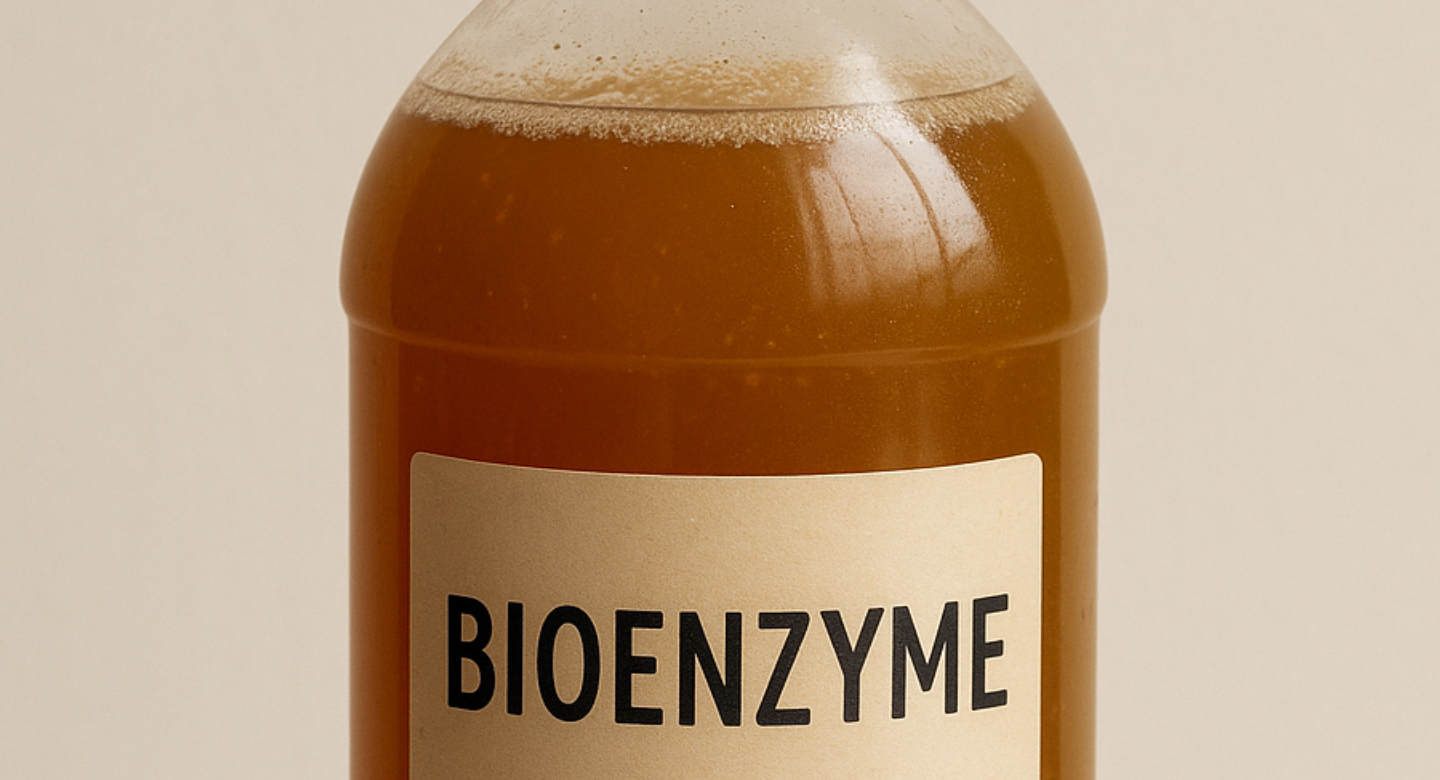
Bioenzymes, also known as garbage enzymes or eco-enzymes, are natural cleaning agents created through the fermentation of fruit and vegetable waste mixed with jaggery (or brown sugar) and water. During fermentation, beneficial microorganisms break down organic matter, producing enzymes, organic acids, and other compounds that give bioenzymes their cleaning properties.
The fermentation process typically takes 3-4 months, during which natural yeasts and bacteria convert simple sugars into alcohol and organic acids. These compounds work together to create an effective, multi-purpose cleaning solution that’s completely biodegradable and non-toxic.
Benefits of Bioenzymes Compared to Chemical Cleaning Products
Environmental Benefits
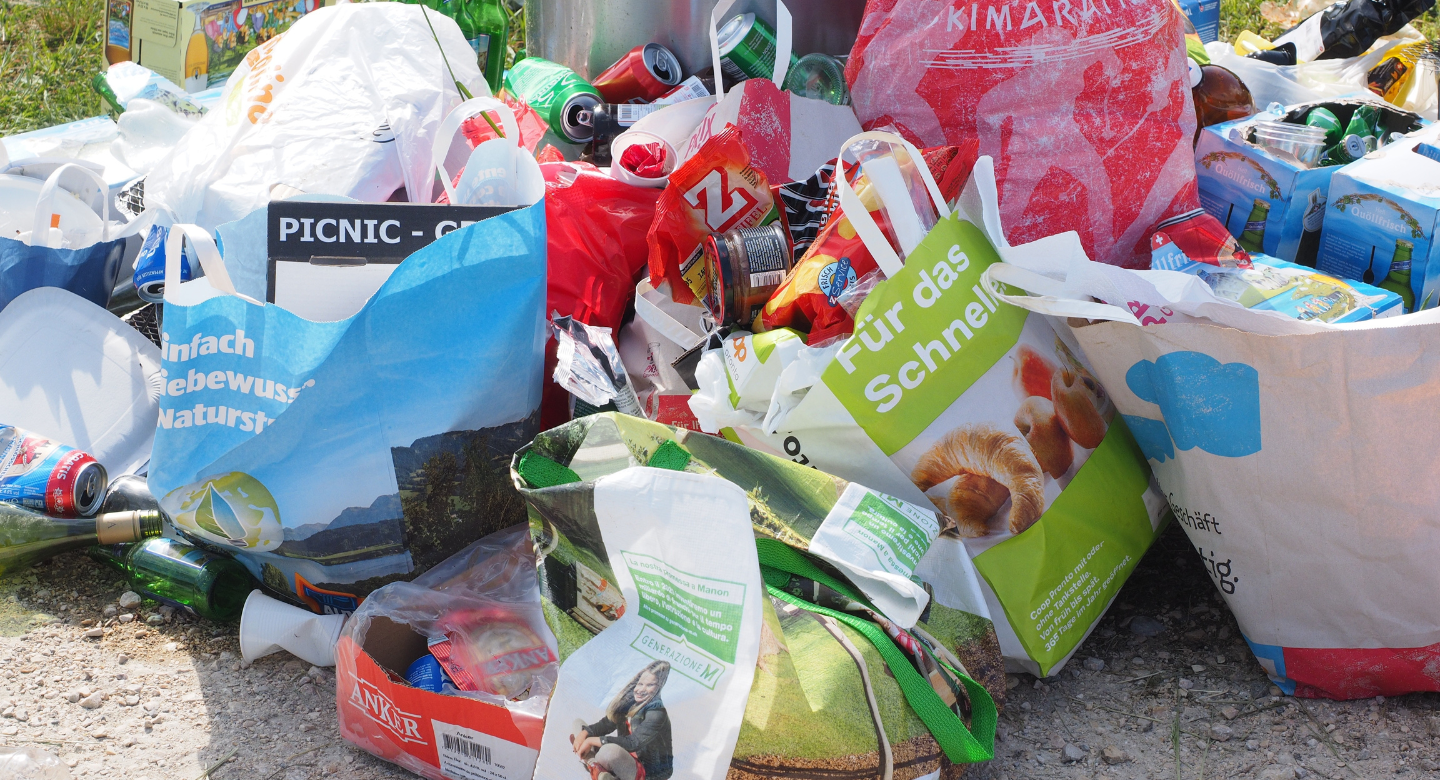
1. Zero Waste Solution Bioenzymes transform food waste into valuable products, diverting organic matter from landfills where it would otherwise produce methane, a potent greenhouse gas.
2. Biodegradable and Non-toxic Unlike chemical cleaners that contain persistent compounds that can harm aquatic life, bioenzymes break down naturally in the environment without causing harm.
3. Reduced Carbon Footprint Making bioenzymes at home eliminates the need for commercially manufactured products, reducing packaging waste and transportation emissions.
4. Water Conservation Bioenzymes require less water for rinsing compared to many chemical cleaners that leave residues requiring thorough rinsing.
Health Benefits
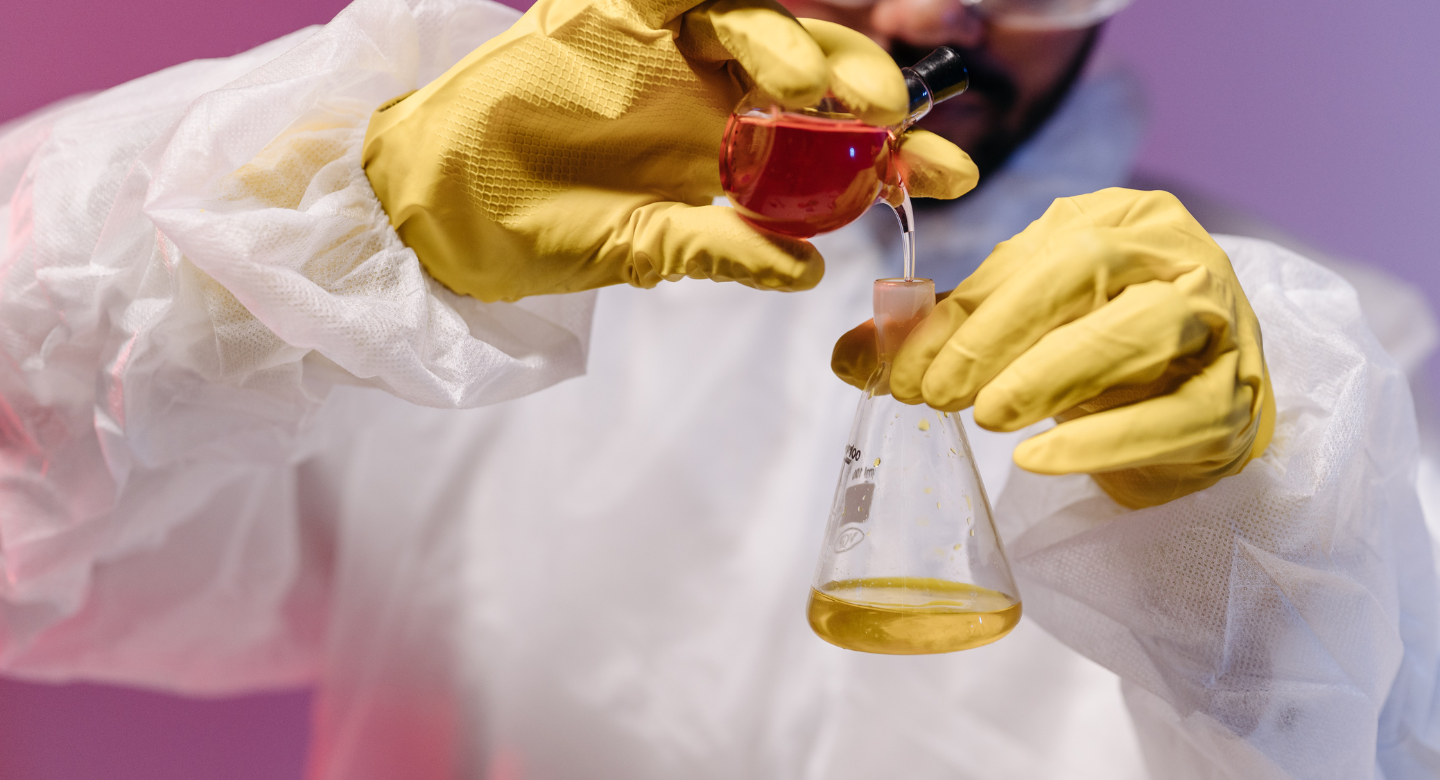
1. Chemical-Free Commercial cleaners often contain harsh chemicals like ammonia, chlorine, and phthalates that can irritate skin, eyes, and respiratory systems. Bioenzymes contain no synthetic chemicals.
2. Safe for Sensitive Individuals People with chemical sensitivities, asthma, or allergies often tolerate bioenzymes much better than conventional cleaners.
3. Pet and Child Safe The non-toxic nature of bioenzymes makes them safer for households with children and pets.
4. No Harmful Fumes Bioenzymes don’t release volatile organic compounds (VOCs) or other harmful gases that affect indoor air quality.
Economic Benefits

1. Cost-Effective Made from kitchen waste and inexpensive ingredients, bioenzymes cost a fraction of commercial cleaning products.
2. Multi-Purpose A single batch of bioenzyme can replace multiple cleaning products, from all-purpose cleaners to fabric softeners.
3. Long Shelf Life Properly stored bioenzymes can remain effective for years, providing long-term value.
Cleaning Efficacy
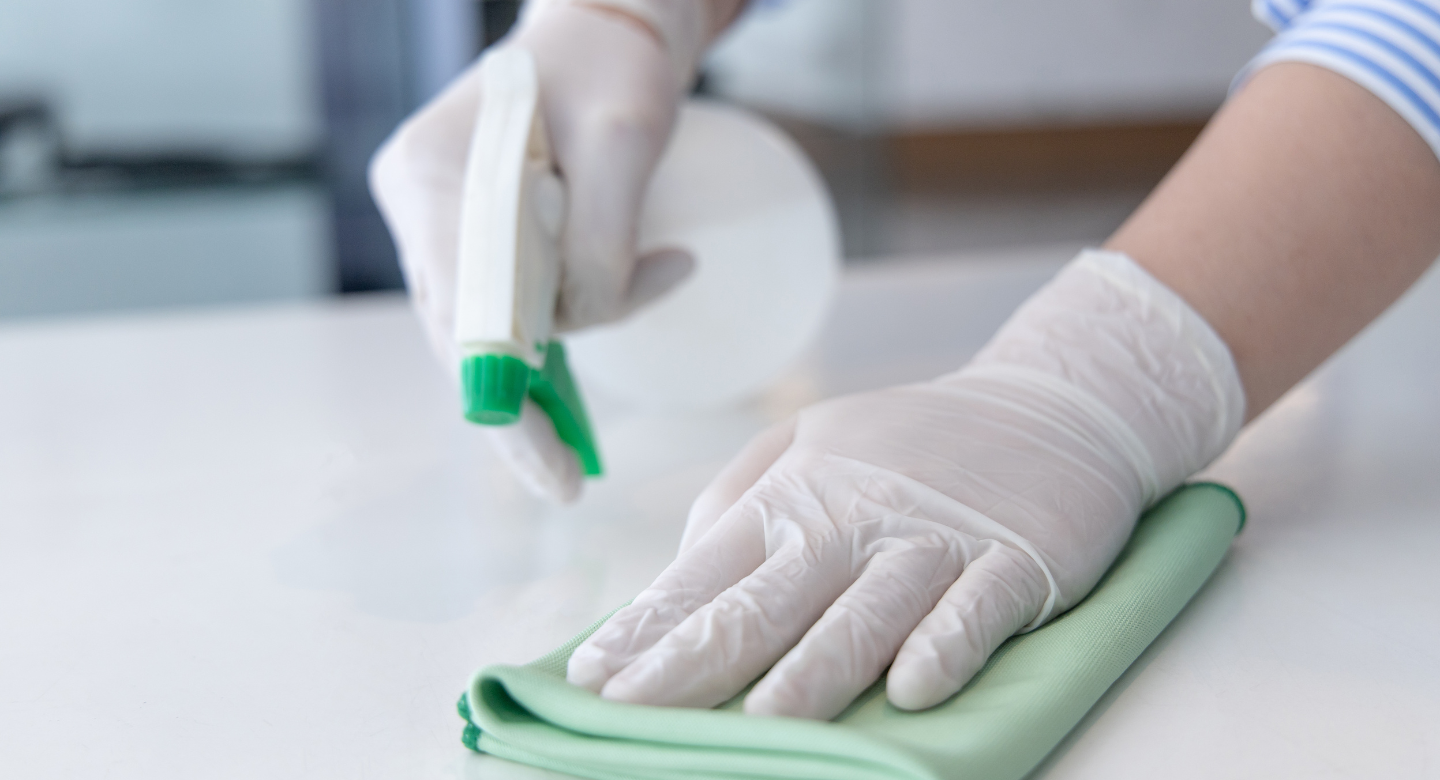
1. Natural Surfactant Properties The organic acids in bioenzymes help break surface tension, allowing for effective cleaning similar to commercial surfactants but without synthetic chemicals.
2. Probiotic Effect Unlike antibacterial cleaners that kill all bacteria (including beneficial ones), bioenzymes contain beneficial microbes that can help maintain a healthy microbiome in living spaces.
3. Odor Elimination Rather than masking odors with fragrances, bioenzymes break down the organic compounds causing the smells.
How to Make Bioenzyme at Home – A Detailed Guide
Creating your own bioenzyme is easy, fun, and incredibly rewarding. Let’s walk through the process fully clear so you can confidently start your sustainable cleaning journey.
Ingredients (Ratio: 1 : 3 : 10)
You only need three simple ingredients, all of which are either already in your kitchen or easily accessible:
| Ingredient | Quantity (example) | Purpose |
| Jaggery or Brown Sugar | 100 grams | Acts as a food source for fermentation microbes |
| Citrus Peels (e.g., orange, lemon, sweet lime) | 300 grams | Organic material to ferment and produce enzymes |
| Water | 1 liter | Medium for fermentation and solution base |
Note: You can scale up or down the ingredients as long as you maintain the 1:3:10 ratio.
Tools You’ll Need
A plastic container (preferably opaque or dark-colored) with at least 1.5-liter capacity
Avoid glass containers – fermentation releases gas, and glass can shatter!
A wooden or plastic spoon for stirring (no metal tools)
A marker or label sticker to note the starting date
Optional Additions (Enhancers)
- Basil leaves / Neem leaves – for extra antibacterial effect
- Essential oils – for fragrance (after fermentation)
- Other fruit peels (apple, pineapple, etc.) – to diversify enzymes
Step-by-Step Process
Step 1: Prepare the Ingredients
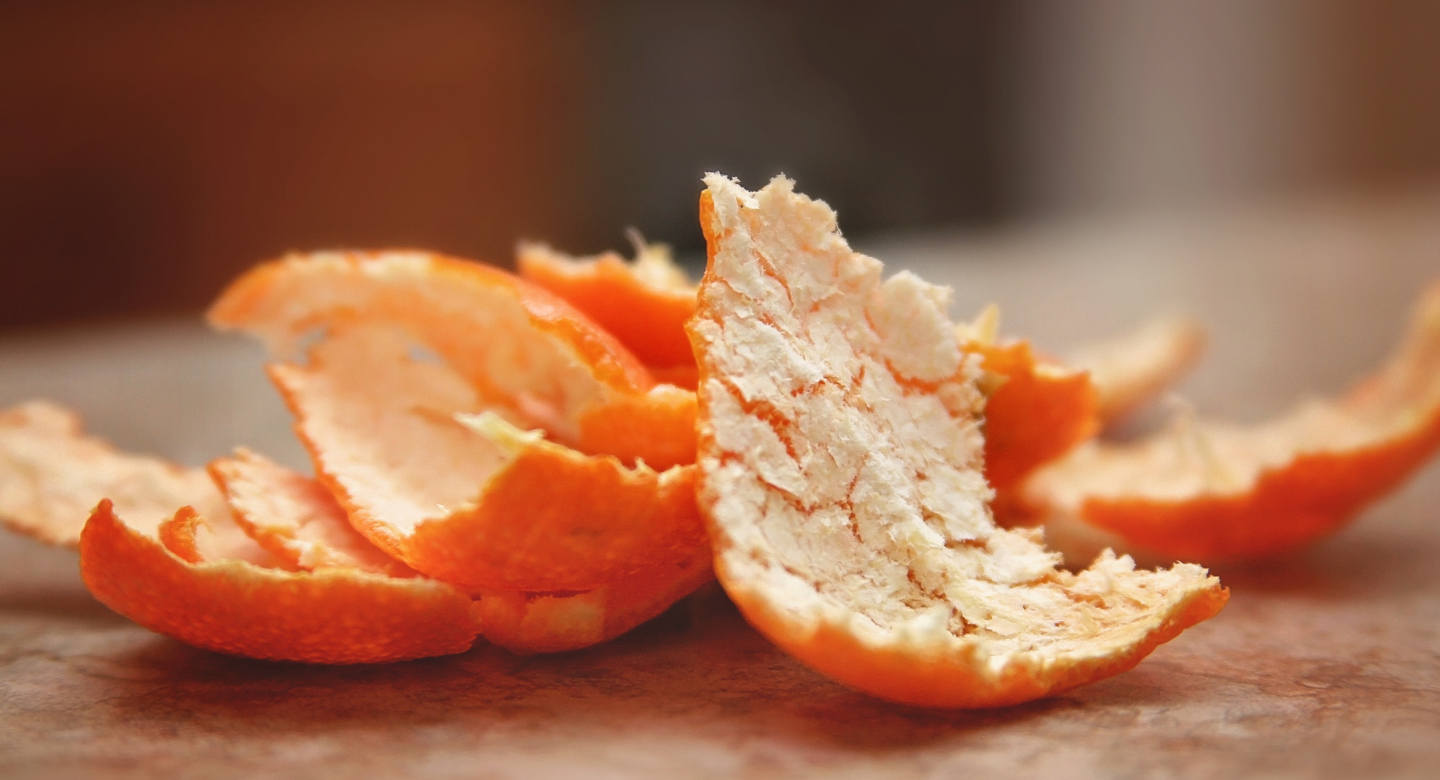
To start making bioenzyme, gather your ingredients based on the standard ratio of 1:3:10 – one part jaggery or brown sugar, three parts citrus peels (like orange, lemon, or sweet lime), and ten parts water. For instance, you can use 100 grams of jaggery, 300 grams of citrus peels, and 1 liter of water. Chop the peels into small pieces to increase surface area, which helps in faster fermentation. You can also add other fruit peels like pineapple or apple for variety, but citrus works best due to its natural oils and acidity.
Step 2: Mix in the Container

Use a clean, wide-mouthed plastic container (never glass, as fermentation produces gases and can cause glass to shatter). Start by adding the jaggery at the bottom, followed by the chopped peels, and finally pour in the water. Stir the mixture gently using a wooden or plastic spoon until the jaggery begins to dissolve. It’s important to leave about 20% space at the top of the container to allow for gas expansion during fermentation. Overfilling may lead to leaks or even bursts due to the pressure buildup.
Step 3: Seal and Label the Container
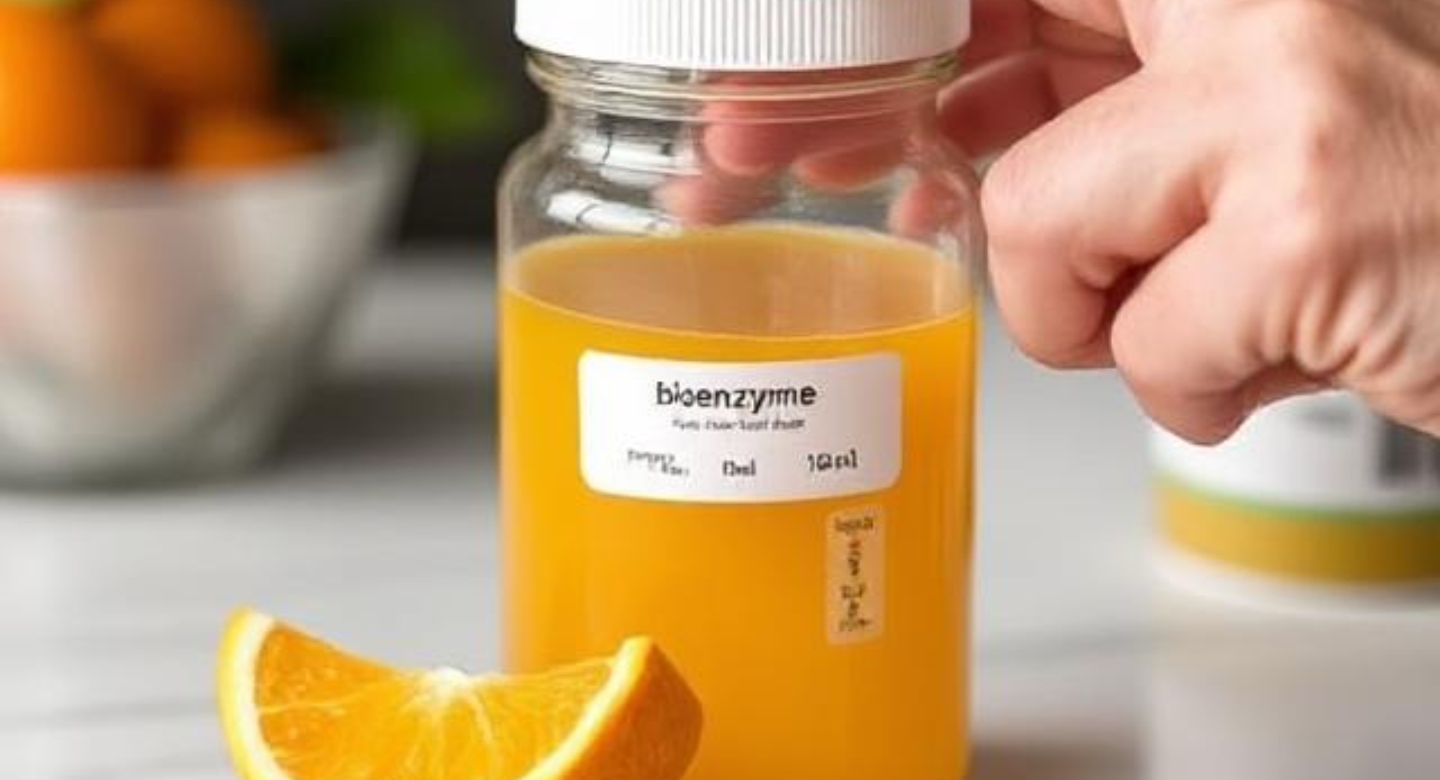
After mixing, cover the container with its lid, but don’t tighten it completely. Fermentation produces gases like carbon dioxide, which need to escape. You can keep the lid slightly loose or poke a tiny hole in the cap to allow the gases to release safely. Alternatively, containers with built-in vent valves work perfectly for this purpose. Use a marker or label to note the start date on the container, so you can track the fermentation progress accurately.
Step 4: Let the Mixture Ferment

Now comes the waiting game. Place the container in a dark, warm place like under a kitchen sink or inside a cupboard. For the first month, open the lid every 2 to 3 days to release the gas buildup—this is known as “burping” the container. Give the mix a gentle stir if needed. You’ll notice bubbles forming, a slight fizzing sound, and a tangy fermented smell—all signs of active fermentation. After 30 days, the fermentation slows down and stabilizes, and you can stop opening the container regularly.
Step 5: Wait for 90 Days
Fermentation takes time—around 90 days to fully mature and become a potent bioenzyme. During this period, avoid disturbing the mix too much. Over time, the citrus peels will sink to the bottom, and the liquid will gradually turn dark brown or amber in color. You may also see a white film on the surface, which is typically harmless yeast. Avoid opening the container unnecessarily to reduce the risk of contamination.
Step 6: Strain and Store the Enzyme
After the 90-day fermentation period, it’s time to strain your bioenzyme. Use a fine cloth, mesh strainer, or muslin to separate the liquid from the residue. Store the strained enzyme in reused plastic bottles, ideally with a flip-top or nozzle for ease of use. Keep the bottles in a cool, dark place away from direct sunlight. Properly stored, your bioenzyme can last for months without losing its effectiveness.
What to Do With the Leftover Residue
The leftover pulp or peels after straining are full of nutrients and shouldn’t be discarded. You can compost them to enrich your garden soil or use them as a mild scrub for sinks, toilets, and greasy kitchen surfaces. Another great option is to dry and powder the residue and use it as an organic fertilizer or natural deodorizer in your compost bin or garbage area.
Types of Bioenzyme & Their Specific Uses
Bioenzymes can be made from various natural ingredients, and each type serves a unique purpose based on the properties of the base materials. Whether you want a powerful surface cleaner, a gentle hair rinse, or a natural pesticide, there’s a bioenzyme for it. Below is a detailed table followed by explanations of each type.
| Type of Bioenzyme | Base Ingredients | Natural Properties | Best Use Case |
| Citrus Enzyme | Orange, lemon, sweet lime peels | Antibacterial, degreasing, deodorizing | Surface cleaner, toilet, dish wash, floor |
| Floral Enzyme | Rose, hibiscus, jasmine petals | Soothing, aromatic, mildly acidic | Hair rinse, toner, bath soaks |
| Vegetable Enzyme | Potato, carrot, spinach, onion peels | Nitrogen-rich, compost-enhancing | Plant fertilizer, compost booster |
| Spice-Based Enzyme | Clove, cinnamon, neem, turmeric | Antifungal, insect-repelling | Natural pesticide, mosquito repellent |
| Fruit Enzyme | Papaya, pineapple, banana peels | Enzyme-rich, protein-breaking | Laundry detergent, stain remover |
Storage and Shelf Life of Bioenzyme
Once your bioenzyme has fermented for 90 days and you’ve strained it, proper storage becomes crucial to preserving its quality and potency. Here’s how you can store it, how long it stays effective, and how to tell if it has gone bad.
Best Practices After Straining
Once fermentation is complete:

- Use clean utensils while straining to avoid introducing any contaminants. A stainless-steel sieve or muslin cloth works well.
- Store in clean, dry, and reused plastic bottles or containers. Avoid glass bottles as the enzyme may still release gases over time and increase internal pressure, potentially causing breakage.
- Leave some space at the top of the bottle (10–15% of the volume) to accommodate any gas build-up.
- Label the bottles with the type of bioenzyme and date of preparation for easy tracking.
- Avoid direct sunlight and heat. Keep the containers in a cool, dry place such as a kitchen cabinet or under the sink.
- If you’re making different types (citrus, floral, etc.), store them separately to maintain their specific properties and aromas.
Duration of Usability
Bioenzymes, when stored properly, have a long shelf life. They don’t “expire” quickly because of their natural acidity and fermentation base. Here’s a general guideline:
- Ideal usage period: 6 months to 1 year from the date of straining.
- Beyond a year: Still usable if the enzyme smells mildly acidic or fermented and shows no signs of contamination.
- Improves with age: Just like fermented foods or compost tea, bioenzymes can actually become stronger over time, especially citrus-based ones.
Tip: Always dilute with water (typically 1:10 or 1:20 ratio) before use to preserve the main stock and extend its shelf life.
How to Check if It Has Gone Bad
Bioenzyme rarely goes bad if made and stored properly. However, in some cases, you may notice changes that indicate spoilage or ineffectiveness. Look out for:

- Foul, putrid odor: If it smells like rotten eggs, sewage, or something unbearably foul (not just tangy), discard it.
- Presence of black mold: White yeast (kahm yeast) on the surface is harmless, but black, green, or fuzzy molds are signs of spoilage.
- Slime formation: A thick, gelatinous texture or excessive sliminess is not typical and could indicate contamination.
- No cleaning effect: If the enzyme no longer works to remove stains, odors, or grease, it may have lost its potency.
If in doubt, it’s better to discard the batch and begin a fresh one rather than risk using spoiled product.
Troubleshooting Common Issues During Bioenzyme Making
Despite the simplicity of the process, sometimes things don’t go perfectly. Here’s how to identify and fix common issues:
1. Bad Odor During Fermentation
Cause: This is usually caused by anaerobic (no oxygen) bacterial activity or contaminated ingredients.
Solution:
- Stir the mixture gently every 2–3 days in the first month to allow oxygen in.
- Use clean, non-contaminated ingredients and utensils.
- Don’t seal the container too tightly—gases must escape. Use a lid with a pinhole or burp the container regularly.
2. Mold Formation on the Surface
Cause: Excess air exposure or unclean peels.
Solution:
- White layer = yeast = normal.
- Fuzzy, black, or green spots = mold = discard the batch.
- Wash peels thoroughly before use and keep the container in a clean, cool environment.
- Ensure the peels are fully submerged in liquid to avoid mold development on exposed surfaces.
3. Container Expansion or Leakage
Cause: Gas buildup due to fermentation pressure.
Solution:
- Always leave 10–20% headspace in your container.
- Do not tighten the lid fully. Keep it slightly loose or use containers with built-in gas valves.
- Burp the container every few days in the first month to release pressure manually.
4. Low Enzyme Activity or Weak Results
Cause: Poor fermentation due to wrong ratios, lack of time, or improper ingredients.
Solution:
- Ensure you’re using the correct 1:3:10 ratio (jaggery: peels: water).
- Wait the full 90 days—rushing the process weakens results.
- Use fresh jaggery or brown sugar for better fermentation (white sugar is not ideal).
- Keep the fermentation area warm (room temp 25–30°C is best).
- If needed, allow the enzyme to ferment longer (up to 120 days for cold climates).
Conclusion On Bioenzyme The Nature’s Magic Cleaner
Bioenzymes represent a harmonious blend of traditional wisdom and modern sustainability principles. By transforming kitchen waste into powerful cleaning agents, we not only reduce our environmental footprint but also create safer, healthier homes free from harsh chemicals. The versatility of bioenzymes—from household cleaning to gardening and personal care—makes them an invaluable addition to any eco-conscious household.
As more people seek alternatives to commercial chemical products, bioenzymes offer a solution that’s economical, effective, and environmentally responsible. By mastering the art of making different types of bioenzymes, you can customize your cleaning solutions to specific needs while contributing to a more sustainable lifestyle.
Whether you’re just beginning your sustainability journey or looking to expand your eco-friendly practices, bioenzymes provide an accessible entry point with remarkable benefits for your home, health, and planet.
Explore More Blogs
Eco-Friendly Products: 10 Reasons to Purchase Them
7 Reasons Why Electric Vehicles Are the Future of Sustainable Transportation
Frequently Asked Questions (FAQs) on Bioenzyme The Nature’s Magic Cleaner
What exactly are bioenzymes and how do they work?
Bioenzymes are natural cleaning solutions created by fermenting fruit or vegetable waste with sugar and water. During the 3-4 month fermentation process, beneficial microorganisms break down the organic matter, producing enzymes, organic acids, and other compounds that give bioenzymes their cleaning properties. These compounds work together to break down dirt, grease, and other substances naturally.
Is it safe to make bioenzymes at home?
Yes, making bioenzymes at home is generally safe, but you should follow some basic precautions. Use clean containers, release gases regularly during the first month of fermentation, store away from children, and label containers clearly. The fermentation process is natural and doesn’t require handling dangerous chemicals.
How do I know if my bioenzyme batch has gone bad?
A successful bioenzyme fermentation should smell slightly sweet with vinegar-like or alcoholic notes. Signs your batch may have gone bad include fuzzy mold growth (different from the normal whitish yeast film), a putrid or rotten smell, or unusual colors. Normal color changes during fermentation tend toward amber or brown shades.
How long does it take to make bioenzymes?
The standard fermentation time for bioenzymes is 3-4 months. While some recipes claim shorter timeframes, a longer fermentation period allows for more complete development of beneficial compounds. You can speed up the process somewhat by adding a small amount of mature bioenzyme to a new batch.
How should I dilute bioenzymes for different uses?
Dilution ratios vary by application:
General cleaning: 1:10 (one part bioenzyme to 10 parts water)
Glass cleaning: 1:50
Laundry: 1/4 cup per load
Plant fertilizer: 1:500
Personal care applications: 1:1000 or more Always start with a more diluted solution and adjust as needed
Can bioenzymes replace all my commercial cleaning products?
Bioenzymes can replace many commercial cleaners including all-purpose cleaners, glass cleaners, floor cleaners, fabric softeners, and more. However, they may not be suitable for specialized cleaning needs that require specific chemical actions. Most households find they can eliminate 70-80% of commercial cleaning products by using bioenzymes.
What types of fruit and vegetable scraps work best for making bioenzymes?
Almost any fruit or vegetable scraps can be used, but some combinations offer specific benefits:
Citrus peels work well for cutting grease and cleaning bathrooms
Pineapple is excellent for protein stains and drain cleaning
Papaya works well for gentle cleaning and stain removal
Mixed vegetable scraps create balanced all-purpose cleaners Avoid using moldy or rotting produce, dairy, meat, or oily food waste.
Can I use white sugar instead of brown sugar or jaggery?
While white sugar will technically work, brown sugar or jaggery is strongly recommended because they contain minerals and compounds that support fermentation more effectively. The molasses content in these unrefined sugars provides additional nutrients for the microorganisms, resulting in a more robust bioenzyme.
How long can I store bioenzymes and how should they be stored?
Properly fermented and stored bioenzymes can last for years without losing effectiveness. Store them in dark glass bottles away from direct sunlight and heat. The bioenzyme may continue to ferment slowly, so occasionally loosening the cap to release pressure is recommended for long-term storage.
Are there any surfaces or materials I should avoid cleaning with bioenzymes?
Due to their acidic nature, bioenzymes should be used with caution on:
Natural stone surfaces like marble or limestone
Unsealed wood
Aluminum and other reactive metals
Specialty fabrics that can’t tolerate acidic cleaners Always test on an inconspicuous area first, and use appropriately diluted solutions.








[…] Bioenzyme The Nature’s Magic Cleaner […]